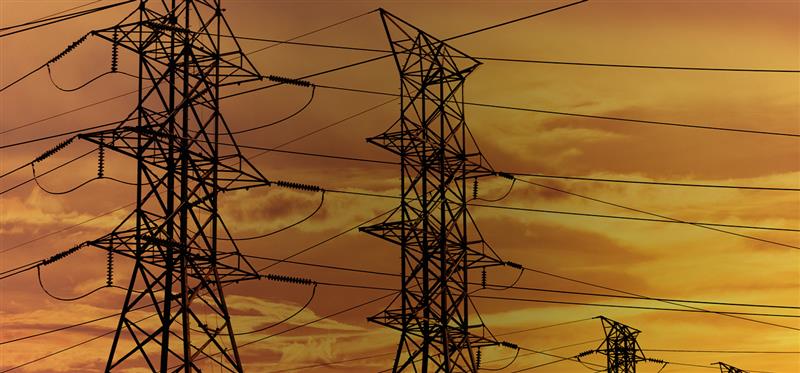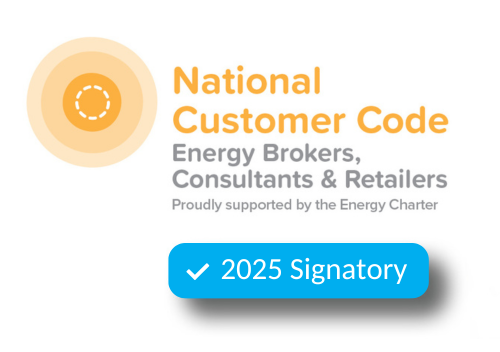29 January 2025
Emergency Diesel Generators in South Australia: A Backup Strategy for Renewable Integration
News
South Australia, known for its heavy reliance on renewable energy sources, has recently employed an unexpected strategy to ensure a reliable energy supply during the summer months: designating the Port Lincoln and Snuggery power stations as backup diesel generators in the event of supply shortfalls. Delays in the EnergyConnect project, which will link South Australia to New South Wales have urged the state to request temporary approval to use the two as emergency reserves.
The Role of Diesel Generators in the Grid
Mothballed in 2024, the two backup generators could supply a total of 138 MW (75 MW from Port Lincoln and 63 MW from Snuggery). The Australian Energy Market Commission (AEMC) granted the South Australian government’s request for a temporary rule change allowing the state to use the two stations —already slated for closure— as backup when energy reliability issues crop up, especially in times of extreme weather.
Why the Need for Diesel Generators?
South Australia faces significant energy challenges. Delays to the Project EnergyConnect (PEC) transmission line mean it is only expected to be fully operational in 2027. The project is meant to provide additional firming capacity for renewables. However, until PEC is operational, the state’s options during peak demand remain limited.
Additionally, market tender requests for emergency reserves have been met with lacklustre responses. The state’s transition to renewables has led to a tighter focus on addressing gaps in supply by way of sources like solar and wind power rather than traditional fossil fuels. Though a positive in terms of meeting emissions reduction goals in the long term, this shift has made securing reliable, dispatchable power when renewables aren’t sufficient more challenging, especially during heatwaves or wind droughts.
How the Emergency Diesel Generators Will Be Used
The backup generators will only be employed during dire situations such as when the grid runs the risk of load shedding when supply cannot meet demand. The Australian Energy Market Operator (AEMO) will contract the two generators through the Interim Reliability Reserve (IRR) program, which is designed to prevent or address reliability shortfalls as identified in AEMO’s Electricity Statement of Opportunities (ESOO). However, tapping the generators is meant to be a last resort to prevent blackouts and to stabilise the grid.
Naturally, this course has awakened some concerns over the environmental impact of diesel plants, but South Australian Energy Minister Tom Koutsantonis is adamant that the Port Lincoln and Snuggery diesel generators will only be used when the cost of load shedding or blackouts would far outweigh any negative impact on the environment.
A Temporary Measure for Long-Term Stability
The rule change is temporary and is set to end in March 2025. After that expires, the state government hopes to rely on renewable energy-firming projects like PEC, and demand-side participation to address future energy demands. South Australia has also asked Engie, the company that owns the generators, to look into the potential of green diesel (an alternative to petroleum-based fuel that is sourced from renewables like plant oils, animal fats, and even recycled cooking oil) or synthetic fuels as alternatives to reduce the environmental footprint of these emergency power sources.
Moving forward, the two emergency diesel generators will likely play a significant role in South Australia’s energy transition. The Lincoln and Port Snuggery generators will act as safeguards to ensure energy reliability in one of the country’s most renewable-reliant states.
—
There’s no doubt that the transition to renewable energy is an important and inevitable undertaking for South Australia and beyond — even across the globe— but it’s not a path free of challenges. This is why the state government requested the rule change, and it was thusly granted. However, supply issues may cause market prices to fluctuate, leaving businesses vulnerable to high costs and bills.
Leading Edge Energy can help you secure stable, competitive rates so energy price spikes don’t affect your bottom line.
Let’s chat. Call us at 1300-852-770 or email us at info@leadingedgeenergy.com.au.
You may also sign up for an obligation-free consultation by responding to our form. Click the button below.
We source, analyse, compare and rank commercial, industrial and multi-site energy quotes. Obligation Free.
Chat with one of our experienced consultants today and get the insights your business needs to help manage the risks associated with volatile electricity and natural gas markets. Our energy procurement service is obligation-free and provides a time-saving way of securing lower energy rates from our panel of energy retailers.

Get advice from our Energy Management Consultants

Krystle Will
Energy Management Consultant
Get in Touch
Feel free to call or e-mail us. Or just fill in the form below and we’ll contact you for an obligation-free discussion.
Are you ready to save on business energy costs?
Get Started
Leading Edge Energy is proud to be a signatory of the National Customer Code for Energy Brokers, Consultants and Retailers.